How To Spend a Weekend in Copenhagen: Itinerary and Things To Do
With its canal-crossed districts, countless cultural attractions, world-class museums, and abundance of contemporary...
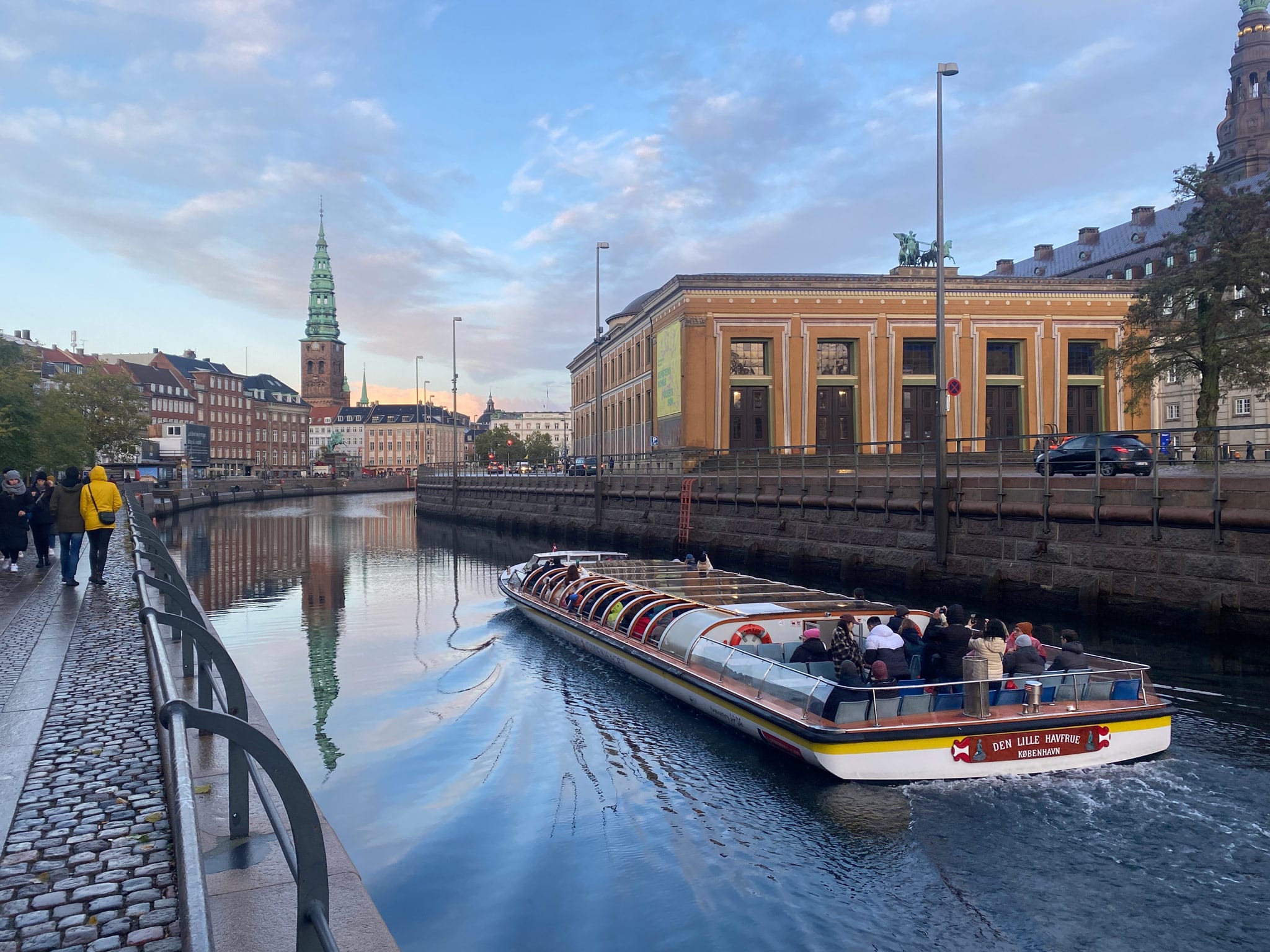
With its canal-crossed districts, countless cultural attractions, world-class museums, and abundance of contemporary...
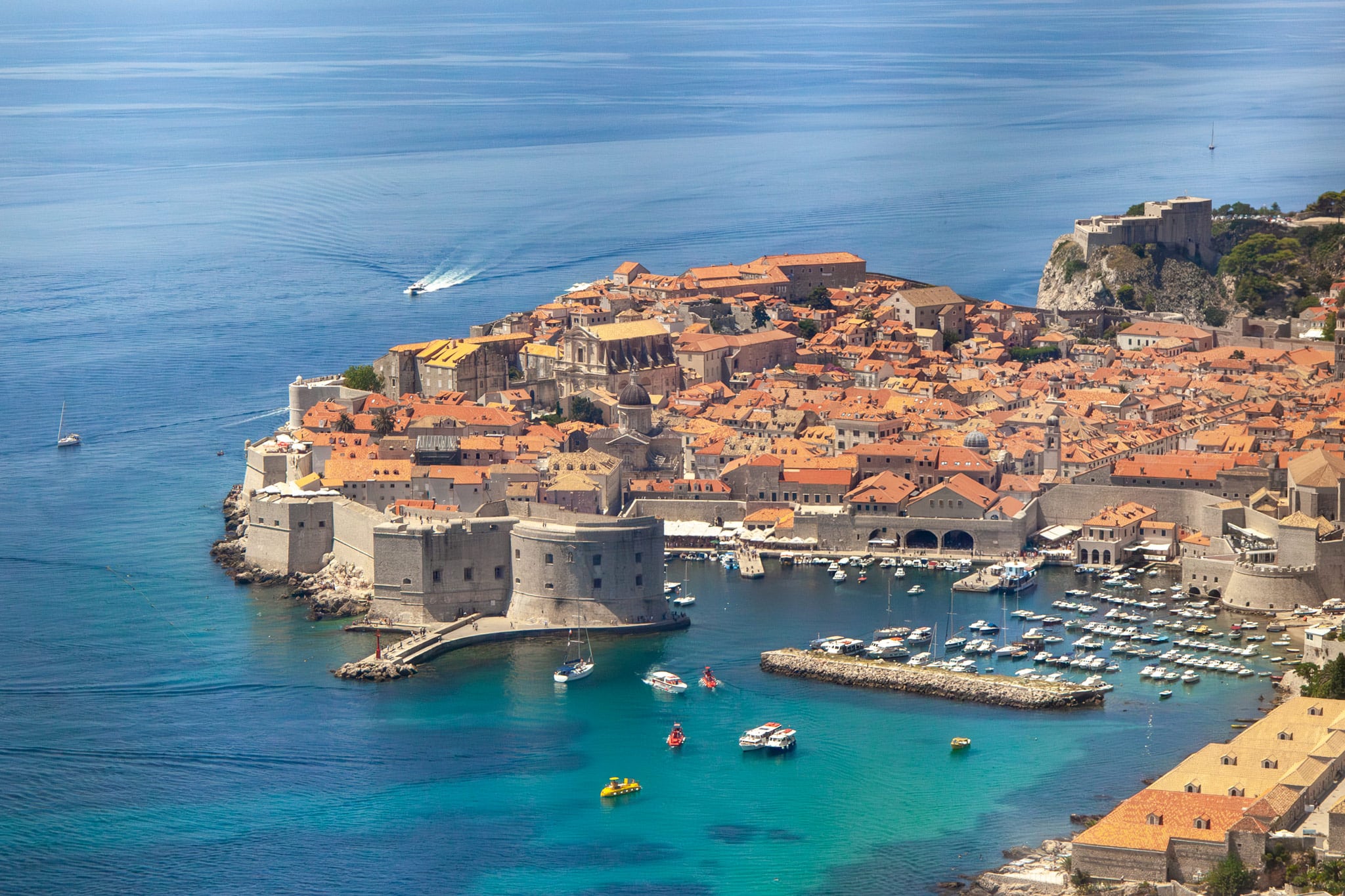
If there’s one country that made me fall in love with slow travel, it’s Croatia. Since my first visit, an unforgettable...
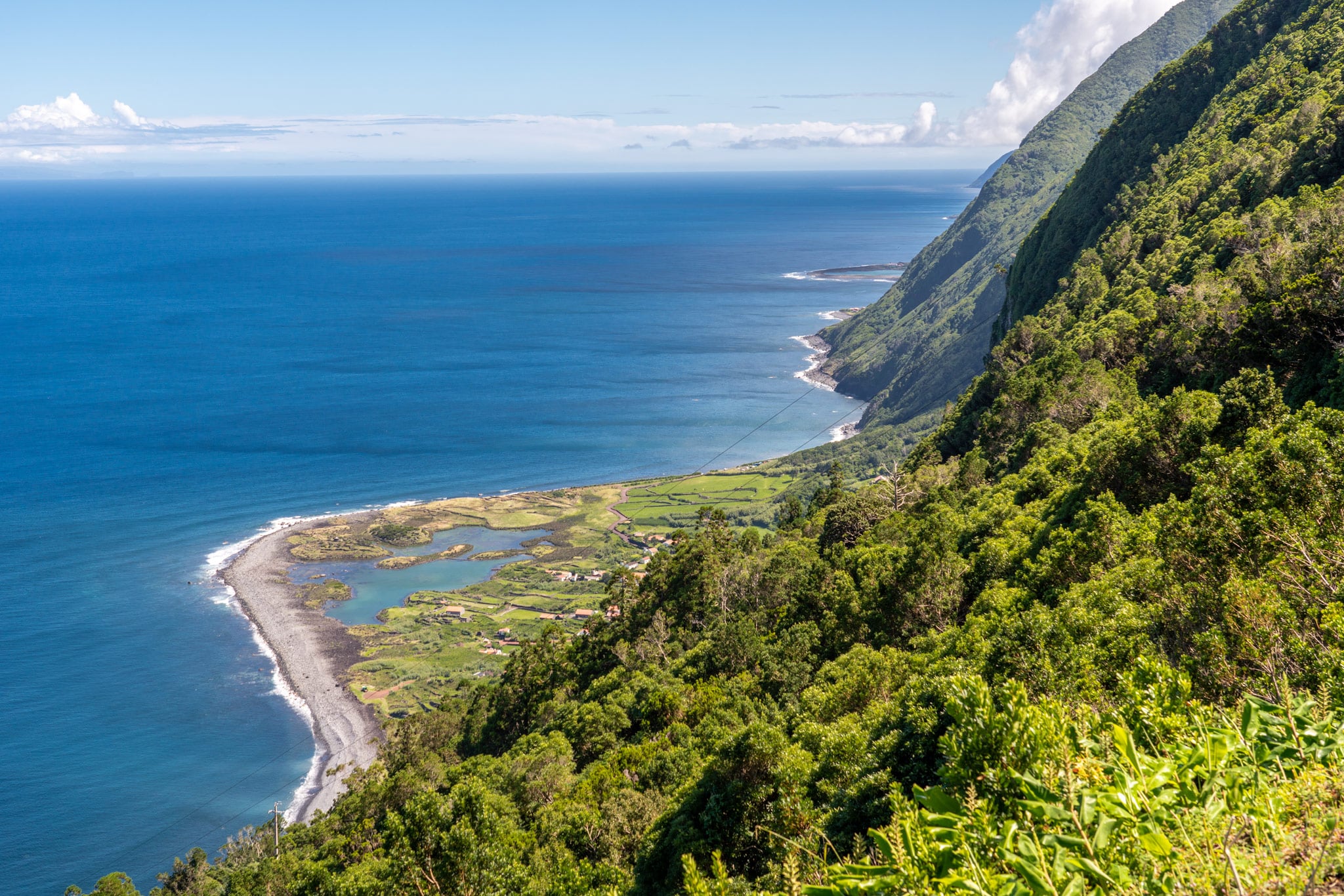
Near halfway between Europe and Canada, a cluster of tussled, rugged, lush, and windswept isles form Portugal’s far-flung...
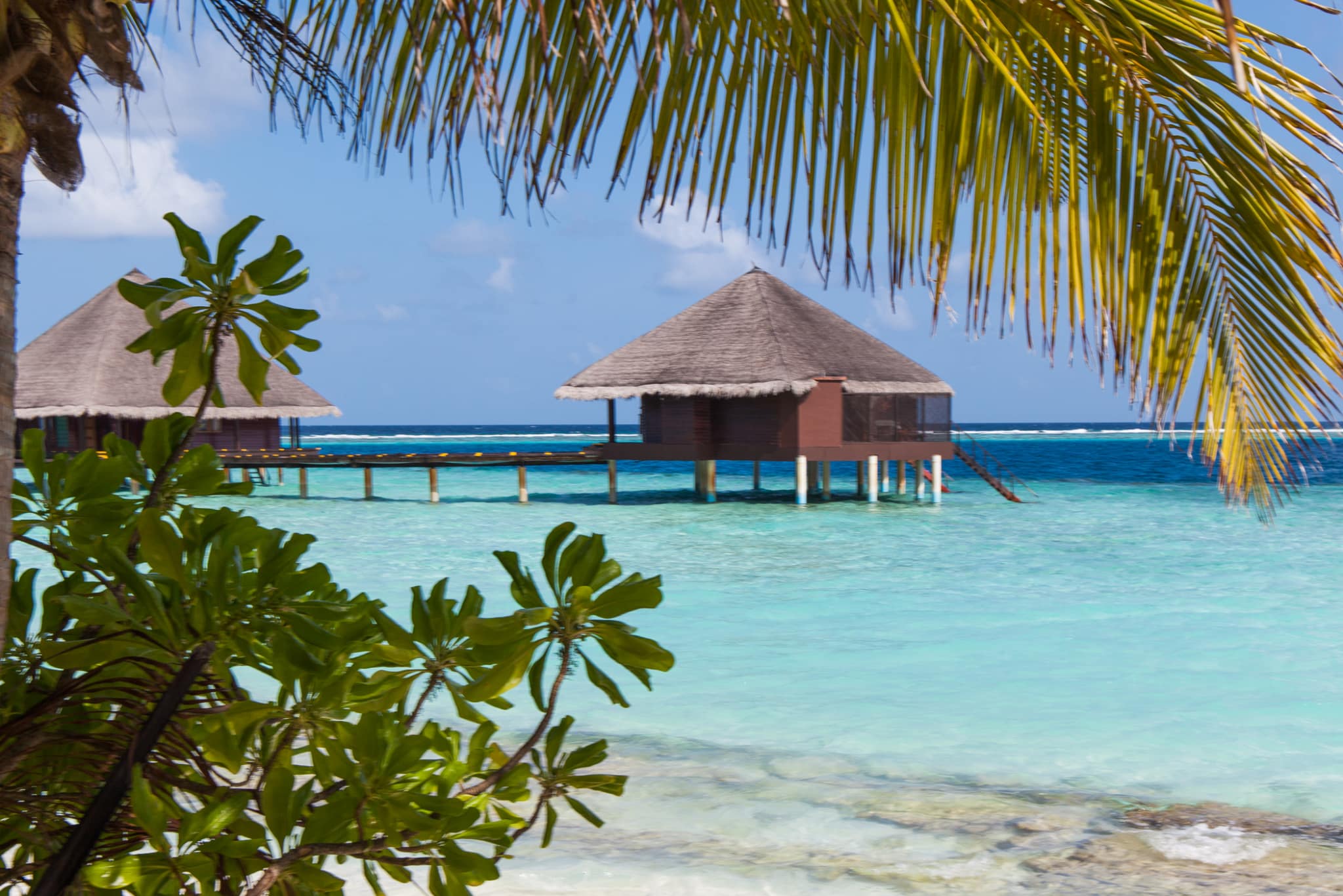
After ten years of travel blogging and helping to plan various holidays to far-flung islands for friends and family, I’ve...

Sustainable travel has become something of a buzzword in recent years, with various tourism boards, hotels, tour operators...
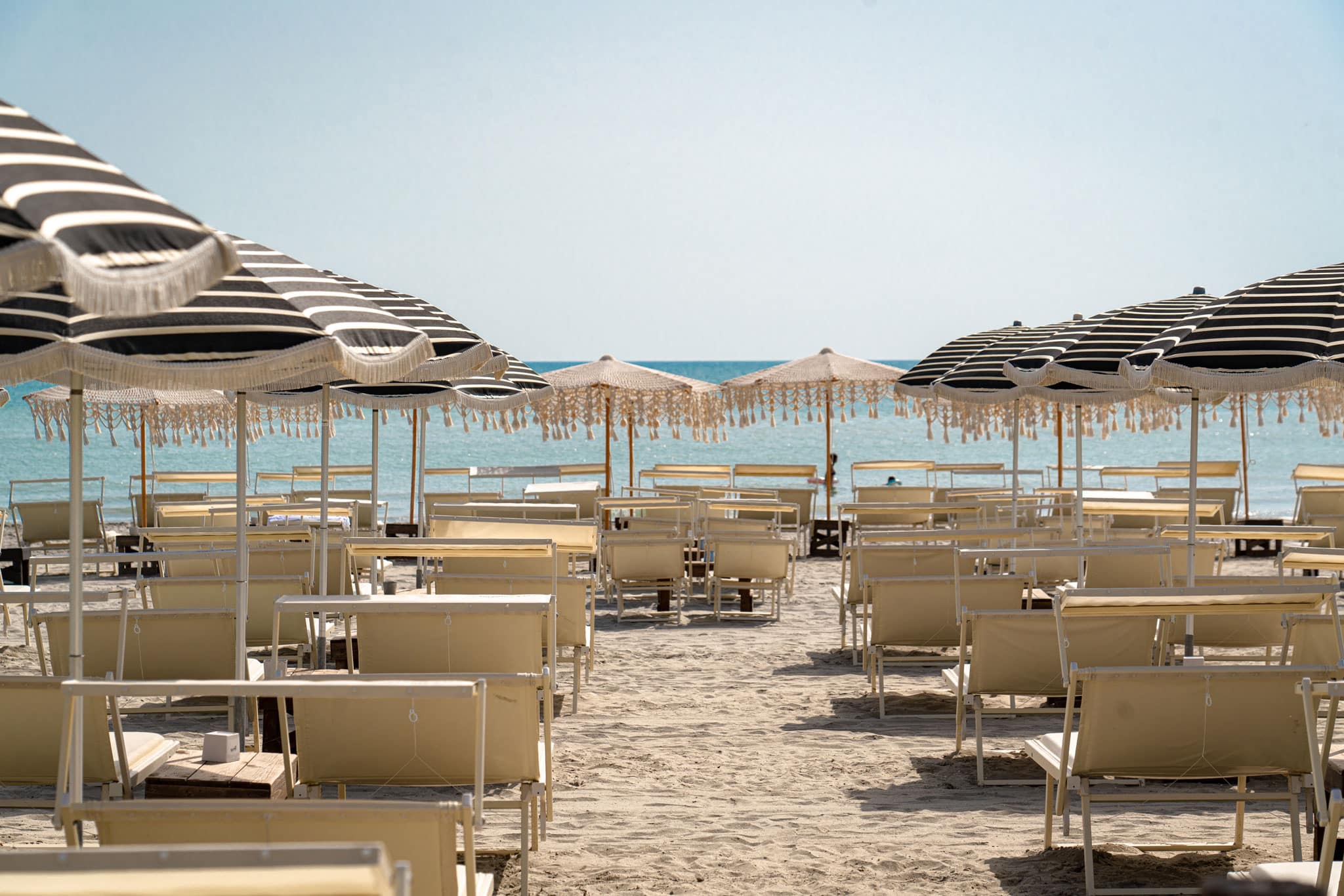
Stretching for some 90 kilometres along the alluring bath-like waters of the Adriatic Sea – from the Reno River to...

Barcelona is one of the best cities to visit in Spain for good reason. The Catalan capital serves up everything you need...
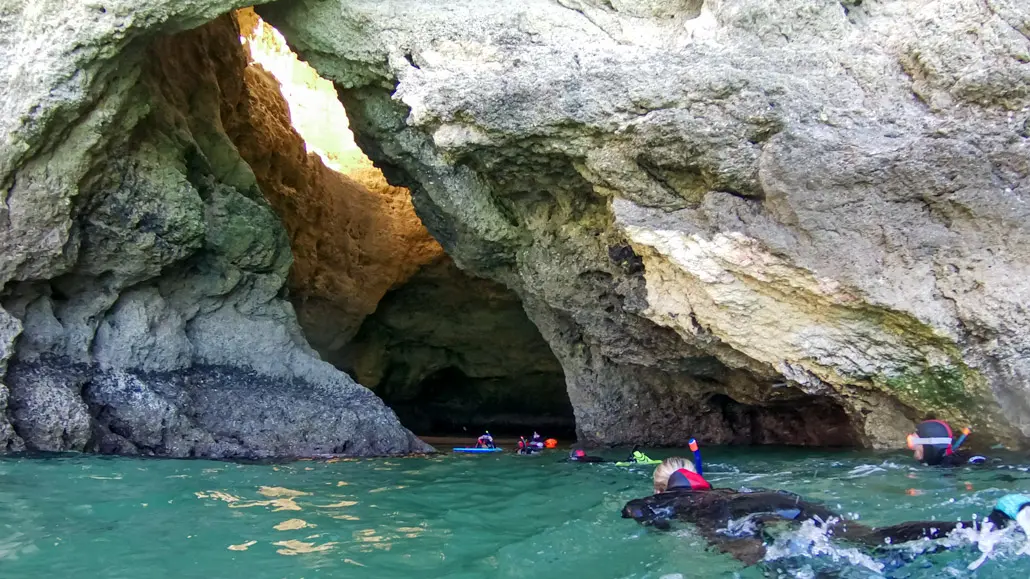
My first memory of the Algarve is a beaming face and wrinkled hand passing me freshly-picked oranges. Sitting under an...
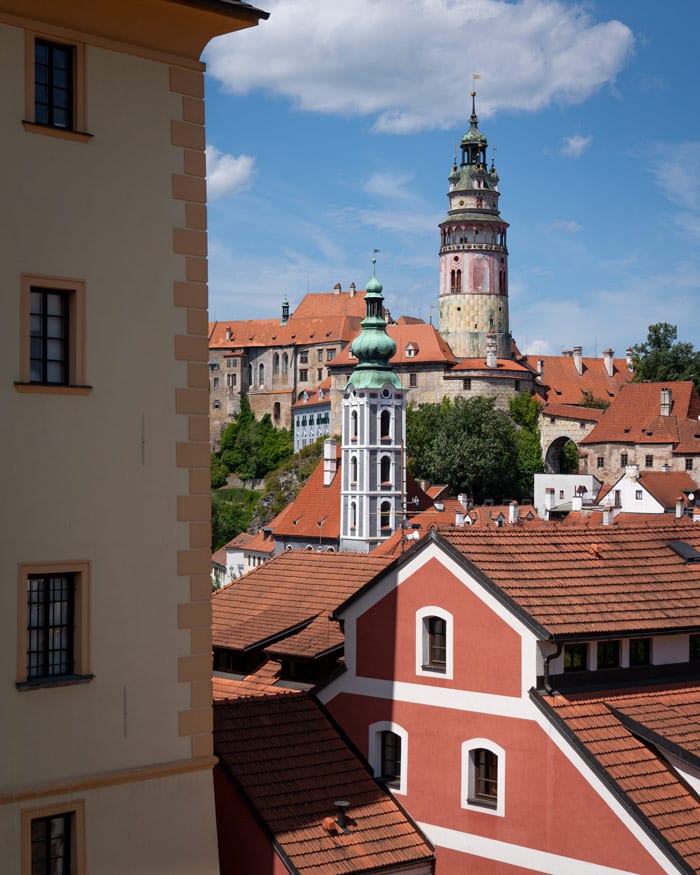
Sometimes you arrive somewhere, gawp a little bit too much, and then admit it’s worth the hype. For me, that place was...
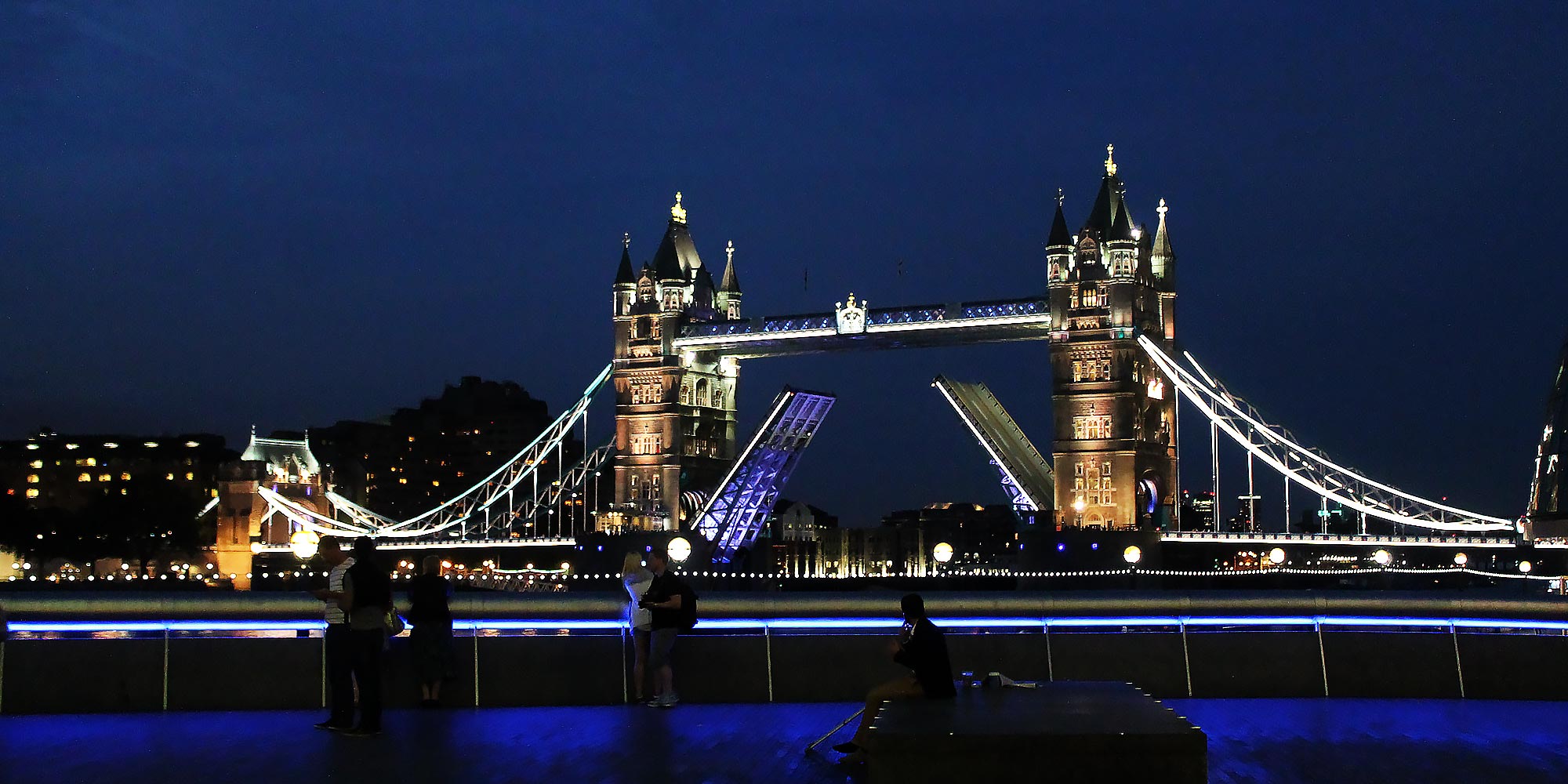
“But isn’t London super expensive?” is one of the most common questions I’m asked when talking about travel to the...
